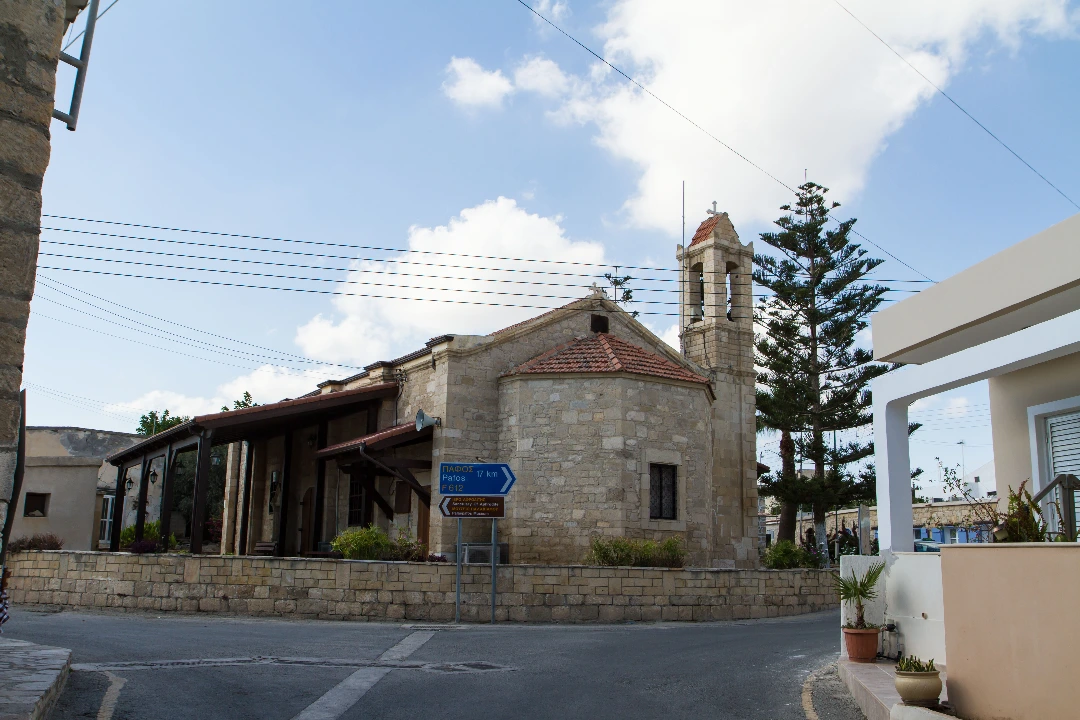The village of Kouklia is found on the east side of Paphos in the area called Palaepaphos (meaning Old Paphos). Ruins in this area show that this village was continuously inhabited since the 15th century B.C. Kouklia is well-known for being the place where the famous Sanctuary of Aphrodite was built but this settlement is also archaeologically rich for other sites.
The Chateau of Cavocle
The Chateau of Cavocle is a Lusignan manor house situated next to the Sanctuary of Aphrodite. This 13th century A.D. building was originally used by the Lusignans as a manor house. It served as headquarters of the Crusaders’ surrounding sugar plantation as well as a large farm in the Ottoman times. Most of the house was destroyed in a Mameluke raid in 1426 and later it was reconstructed by the Turks. Today, the Museum of Kouklia is housed within this building. It also provides lodging to the staff of the archaeological expeditions that are still carried out in Kouklia. The banquet room with its rib-vaulted ceiling makes it a fantastic venue for the early summer chamber music concerts.
Kouklia Museum
At the Museum, visitors can observe rich examples of ancient ceramics, Cyprosyllabic script inscribed on marble and limestone, swords, mosaics, statuettes and clay idols, clay lamps, Mycenean stone instruments as well as various other findings from the Palaepaphos area.
The Museum of Palaipafos in Kouklia is found Southwest before entering the village Kouklia. Entry fee is of € 3,40, which also includes entrance to the archaeological site Palaipafos. Unfortunately, accessibility of the historic site is inaccessible to persons with a disability moving wheelchair. Opening hours are as follows:
Monday, Tuesday, Thursday, Friday, Saturday, Sunday: 08.00 – 16.00
Wednesday: 08.00 – 17.00
Phone: +357 26432155
Panayia Katholiki Church
The church of Panayia Katholiki is a medieval building dating back to the 12th century which served the Latin community. Stones from the Sanctuary of Aphrodite were used for the building. Traces of the frescoes from the 14th century restoration that was carried out on the church can still be observed.
Pierced Stones
The monument of the two pierced stones in the Styllarka area was until recently considered to be associated with the worship of Aphrodite. It was believed that the monument was visited by barren women and girls who had lost their lovers. However, a recent discovery proved that these two pierced stones were in fact olive presses. In fact, little reservoirs can be observed at the base of the stone which served as a place where the olive oil was collected.



